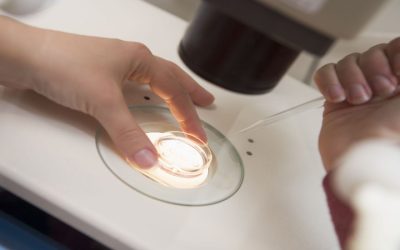A PET (Positron emission tomography) scan is helpful in detecting areas of cancer. It does so by obtaining images of cells as they work. Before the scan, the patient is injected with glucose that contains a very small amount of radioactive material. This material is called the “tracer.”
Cancer cells are more active than noncancerous cells. As a result, they absorb more of the tracer material. The body is scanned. Highlighted areas appear on a computer screen. The results of the scan help doctors identify areas of the body where there is suspicious cellular activity, which can include cancer. Once doctors locate and identify these areas, further evaluations can be made using other specialized equipment and tests.
Why Perform a PET scan?
A PET scan can help identify certain cancers. The scan can show the spread or staging of cancer, and the test results will show if the current treatment is working. A PET scan for cancer in Burbank, CA is also used to see if cancer has reoccurred after treatment.
Preparing for a PET Scan
Before the test, you may be instructed not to eat or drink for four or five hours and to avoid alcohol, tobacco, and coffee for 24 hours before the test.
A nursing woman or a woman that is, or thinks, she may be pregnant must advise the staff. The same holds if you have diabetes.
You must wear clothes that are free from any metal. You will be instructed to remove your eyeglasses if you wear them, and any jewelry.
The Results
PET scans detect areas in the body where there is abnormal cell activity. More of the tracer material collects in cancerous cells than normal cells.
Not all cancers show up on a PET scan. Other tests are often used with PET scan results. Recent surgery, chemotherapy, radiation therapy, and certain medicines can interfere with the accuracy of the test results. For more visit Glendale MRI.


